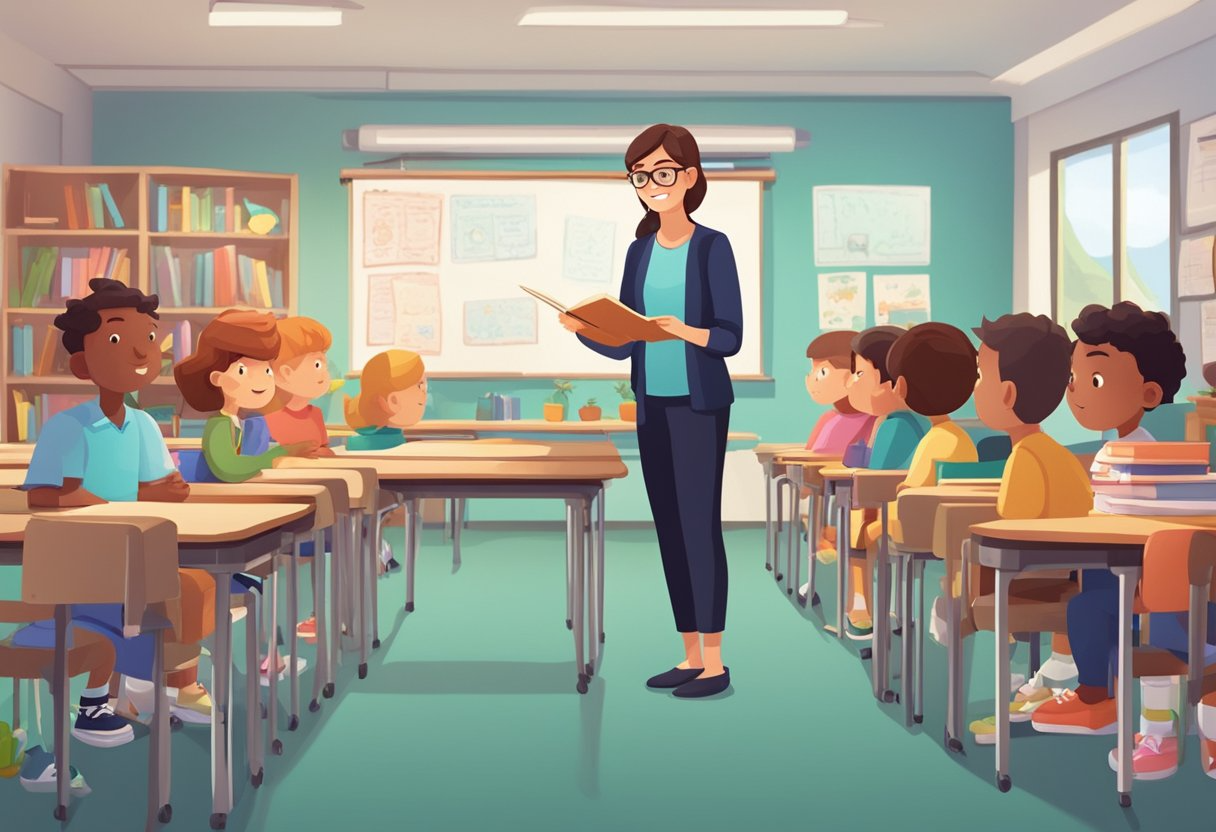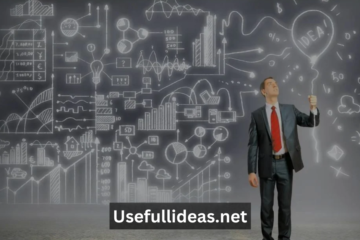The modern classroom has evolved dramatically, with educators discovering innovative ways to engage students and enhance learning outcomes. A skilled teacher today understands that traditional instruction methods, while foundational, can be significantly enhanced through the strategic use of multimedia content. Research consistently demonstrates that teachers represent the most influential school-based factor in student achievement, with their impact being two to three times greater than any other educational element, including facilities and leadership.
When educators integrate kids animated shows into their curriculum, they tap into a powerful medium that can improve concept retention by up to 30% compared to static content alone. This combination of human expertise and visual storytelling creates an educational environment where complex ideas become accessible and engaging for young learners.
The Science Behind Teacher Effectiveness
Educational research reveals that teacher effectiveness encompasses multiple dimensions beyond simple content delivery. Teachers significantly influence students’ self-efficacy and classroom happiness, with studies showing that a one standard deviation increase in teachers’ emotional support correlates with a 0.14 standard deviation increase in math self-efficacy and a remarkable 0.37 standard deviation increase in classroom happiness.
This emotional component of teaching becomes even more powerful when combined with animated content that resonates with children’s natural learning preferences. Shows like “Ask the StoryBots” and “Daniel Tiger’s Neighborhood” have demonstrated measurable improvements in children’s emotional intelligence and critical thinking skills, providing teachers with valuable tools to support both academic and social-emotional learning.
Animation as an Educational Amplifier
The integration of educational animation into classroom instruction serves as a force multiplier for teacher effectiveness. Animation excels at visualizing abstract concepts, making complex scientific principles, mathematical relationships, and historical events more comprehensible for young minds. When teachers use animated content strategically, they can reduce cognitive load while maintaining high levels of student engagement.
Successful educational shows employ various techniques that teachers can leverage in their instruction. Interactive storytelling, character-driven narratives, and problem-solving scenarios provide frameworks that educators can adapt to their specific curriculum needs. The key lies in understanding how to blend these animated elements with direct instruction and hands-on activities.
Building Emotional Connections Through Shared Experiences
One of the most powerful aspects of combining teacher expertise with animated content is the creation of shared emotional experiences in the classroom. When students and teachers watch and discuss educational shows together, they build common reference points that can be revisited throughout the learning process. This shared vocabulary and set of experiences strengthens the teacher-student relationship while providing multiple entry points for learning.
Teachers who effectively use animated content report that students become more willing to engage in discussions, ask questions, and explore topics in greater depth. The characters and scenarios from quality educational shows provide safe spaces for children to explore difficult concepts, practice social skills, and develop empathy.
Practical Implementation Strategies
Successful integration of animated content requires thoughtful planning and clear learning objectives. Teachers must carefully select shows and episodes that align with their curriculum goals while considering the developmental needs of their students. The most effective approach involves using animation as a launching point for deeper exploration rather than as passive entertainment.
Effective teachers create viewing guides, discussion questions, and follow-up activities that help students connect animated content to real-world applications. They also use animated scenarios as case studies for problem-solving exercises and critical thinking challenges. This active engagement ensures that the benefits of both teacher expertise and animated content are maximized.
Measuring Success and Long-term Impact
The combination of skilled teaching and quality educational animation produces measurable results in student achievement and engagement. Schools implementing blended approaches report improvements in test scores, attendance rates, and student motivation. More importantly, students develop stronger critical thinking skills and demonstrate increased confidence in tackling challenging concepts.
Long-term studies suggest that students who experience this integrated approach maintain higher levels of academic curiosity and are more likely to pursue advanced learning opportunities. The emotional support provided by teachers, combined with the engaging nature of quality animated content, creates a foundation for lifelong learning that extends well beyond the classroom walls.
The future of education lies in recognizing that teachers and educational technology, including animated content, are not competing forces but complementary elements in a comprehensive learning ecosystem. When implemented thoughtfully, this combination creates educational experiences that are both academically rigorous and emotionally engaging, preparing students for success in an increasingly complex world.



